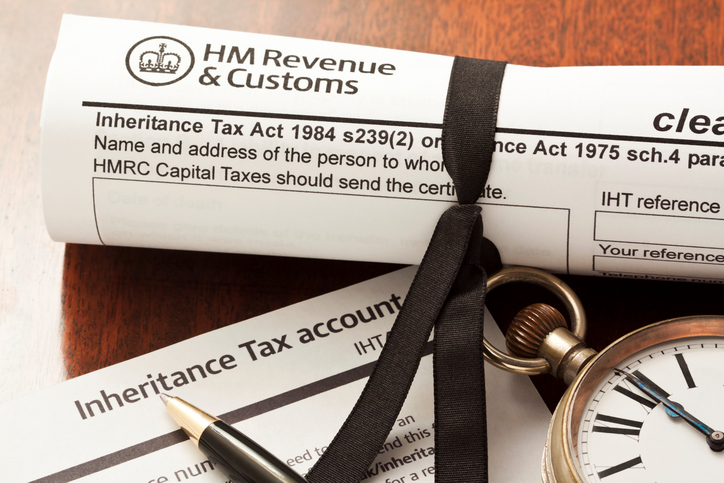
IHT and gifts explained
Planning for the future is something we all come to sooner or later, and when the time arrives to decide what will happen to our assets, it’s worth knowing how to ensure our loved ones benefit as much as possible. With this in mind, here is a short guide on how you can reduce your inheritance tax (IHT) obligations with gifts.
What is the IHT threshold?
Inheritance tax is paid on an estate if the combined sum of all the deceased’s assets reaches over £325,000. It is usually settled by the family of the deceased, at a rate of 40% on any amount over that threshold. In addition, there is a home allowance – the Residence Nil Rate Band – which enables an extra £125,000 to be used against the decedent’s main home to reduce the amount of IHT paid. This can only be used, however, if the home is being passed to children or grandchildren.
Combined, the allowance for 2018/19 then, is £450,000. Should an estate be worth, for example, £550,000, the tax due on it would be £40,000 (40% of the £100,000 in excess of the allowance).
How can I reduce IHT with gifts?
There are several ways to make gifts during your lifetime, which reduces the amount of IHT that will be due on your estate. Gifts made to a spouse or civil partner, as well as those made to charities, universities or national museums are always tax-free. In addition to these, tax-free gifts can be made to relatives getting married or entering a civil partnership: £5,000 can be made to a child, while £2,500 can be made to a grandchild or more remote relative.
More general tax-free allowances also exist, enabling you to gift sums annually. For example, an unlimited number of gifts worth up to £250 each can be made annually to whomever you choose, while an additional £3,000 can be made, as long as it goes to someone not in receipt of one of the £250 gifts.
Potentially Exempt Transfers (PETs)
There are some gifts that may be liable for IHT, depending on when they were made. These are referred to a Potentially Exempt Transfers (PETs) and require you to live for at least seven years after they are made in order to be tax-free. If you pass away earlier, however, one of two things may happen.
The first scenario is that the PET is reassessed using a tapered system, whereby the tax due is reduced depending on how many years you lived after it was made. The remaining percentage is then added to any other taxable gifts made in the seven years prior to the PET, including any assets that have been put into trust. That means some assets made up to 14 years before death can have their tax liability affected. If tax is owed, the recipient of the PET will need to pay it.
In the second scenario, the PET is simply added to your estate and taxed accordingly. If the combined sum of all the assets, including the PET and other taxable gifts, comes to more than £325,000, the 40% IHT rate will apply to anything above that threshold.
If you need support with inheritance tax planning, seek help from a chartered accountant today, such as THP Chartered Accountants.












